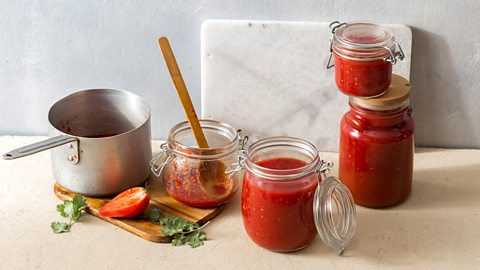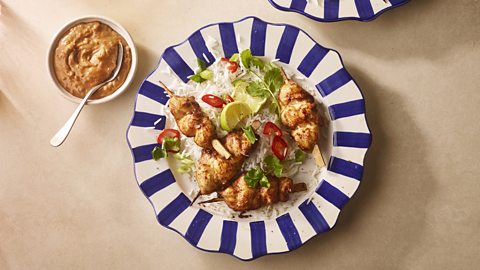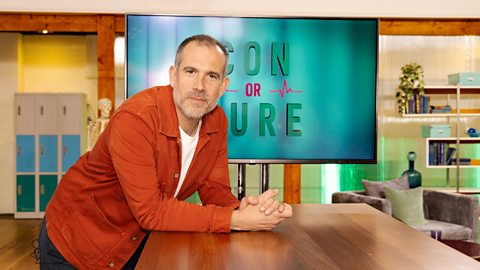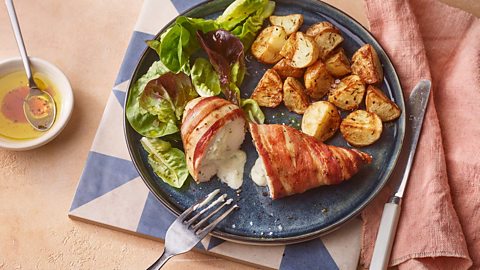Why are we obsessed with just five types of fish?
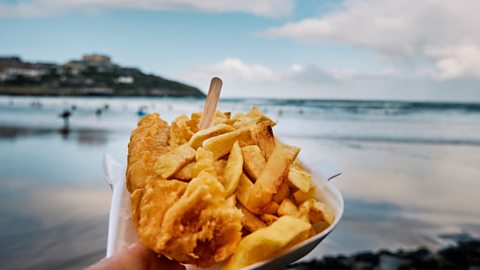
By Sue Quinn
In Britain, we’re creatures of habit when it comes to seafood. The Marine Stewardship Council (MSC) reports that 80 percent of all seafood sold in the UK comprises just five varieties: salmon, cod, haddock, prawns and tuna.
Experts say there are benefits to be gained from casting a wider net when shopping for fish and other seafood, both for our health and the environment.
The benefits of eating seafood
The NHS advice is to eat at least two portions of fish each week. One portion should be an oily fish such as salmon, trout, mackerel, sardines or pilchards. These are rich in nutrients and healthy omega-3 fats that we need to include in our diet because our body can’t make them.
The second portion can be either another serving of oily fish, white fish or shellfish.
Just as we’re advised to eat a wide variety of fruit and vegetables, registered nutritionist Juliette Kellow explains that “Variety is really important because different fish and shellfish provide different nutrients.”
The Marine Conservation Society (MCS) says there are sustainable sources of the Big Five, but few of them come from the UK. What’s more, our narrow range of seafood choices can drive destructive fishing practices, according to the organisation. “There are scores of options available to us, and by expanding the range of seafood we eat, we take some of the pressure off a small handful of species,” says the MCS’s Jack Clarke. “Three quarters of the seafood we catch is exported to our continental cousins, who prize our herring, sole and langoustines more than we do,” Clarke says.
Why we’re stuck in a rut
Baked teriyaki trout
Trout's a great oily fish and as this recipe shows, can often be used as a substitute for salmon
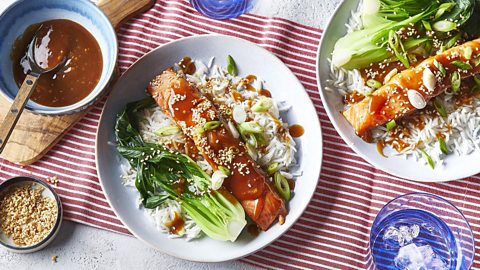
Do we stick to the same five species because we’re unadventurous? Not at all, says marine and fisheries expert Terri Portmann, who explains it’s a question of convenience. “These are what supermarkets tend to stock,” she says. “Much of it is imported, and the supply chain makes these species easy for supermarkets to get hold of consistently.”
Portmann says consumers proved during lockdown they were happy to try a wide variety of seafood. When export markets collapsed and restaurants closed, British fishers launched a variety of initiatives to stay in business, including home delivered box schemes, which made a wider variety of seafood more accessible than before.
Some supermarkets also expanded their range to support the industry to include UK-caught species generally not available, including Dover sole, hake and fresh sardines. Even the lesser-known gurnard, megrim and spider crab were snapped up.
Pan-fried hake with caper and lemon butter sauce
Hake can be used in place of cod in many recipes and in this recipe it goes perfectly with a big dollop of mash
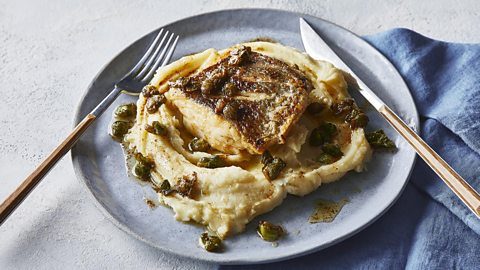
“Consumers were really keen to try all those things, which proves that they do have an appetite for them,” Portmann says. “They’re just not widely available in supermarkets.”
Alternative fish ideas
- Rick Stein's hake with chorizo and potatoes
- Tom Kerridge's plaice with gremolata crumb
- Nigella's fear-free fish stew uses any white fish
- Use monkfish for Maunika Gowardhan's Goan fish curry
- Nathan Outlaw's gurnard with ham and beans
- Nadiya's simple pan-fried tilapia with sweet onions
Another reason we default to familiar species is because we’re a bit squeamish about preparing seafood, Kellow believes. Our favourites are often sold filleted and de-boned, as well as de-shelled prawns, so we don’t need to do much to prepare them. “But supermarkets are getting better and now offer a wider range than they did,” she says.
If you don’t have access to a fishmonger, the MCS says most of the seafood sold in UK supermarkets is responsibly caught. And the fresh fish section isn’t the only place to shop, with the frozen and tinned food sections offering budget alternatives to the Big Five. “It tends to be less expensive, and it’s prepared for you to varying degrees,” Kellow says.
Look out for the Marine Stewardship Council’s (MSC) blue tick on packaging. It shows certified sustainable seafood from healthy wild fish populations. Also, the Aquaculture Stewardship Council’s (ASC) green badge which certifies environmentally and socially responsible seafood.
It’s important to note the NHS recommends some people restrict their intake of certain seafoods.
Easy hands-off fish ideas
- Sliced squid and vac-pack mussels can be used for Spanish paella
- Frozen fish pie mix is great for a healthy fish pie
- Flake smoked mackerel into an easy pilaf
- A tin of sardines adds extra health benefits to a healthy stew
Healthy, eco-friendly, budget swaps
Salmon is a rich source of omega-3 fats that are important for heart and brain health, as well as good vision. Salmon also contains vitamin D, which supports our immune system and is vital for healthy bones and teeth.Most of the salmon we eat in the UK is farmed, much of it in Scotland (wild salmon is no longer fished commercially anywhere in the UK.
Critics of Scottish salmon farming say it causes an array of environmental problems including sea lice, pollution and sea bed damage. However, the industry insists it’s working hard to address these concerns.
If you want to swap salmon for other oily fish, Kellow suggests tinned versions like mackerel (one of the best dietary sources of omega-3), sardines and pilchards. As tinned fish is already cooked, it’s quick and easy to turn into meals. Serve on toast, add to salads, stuff into baked potatoes or whizz into speedy pates.
Smoked mackerel and roasted new potato salad
Mackerel's a great oily fish and you can buy it smoked so there's no cooking required

A bonus is that some varieties (sardines, for example) come in tomato sauce. “Cook up some pasta, mix in a can of sardines in tomato sauce, and serve with salad and you've got a pretty balanced meal,” Kellow says. She adds it’s important to check the label to make sure there’s not too much added salt.
Cod and haddock, like all fish, are excellent sources of protein and are low in fat. Both contain potassium (which supports cell function) and phosphorous (for bone health). Cod and haddock also an excellent source of selenium (important for our immune system) and iodine (needed for many body processes).
In terms of sustainability, some UK cod stocks are under pressure, according to the MCS, so opt for cod from Iceland if possible, or swap it for European hake. Haddock from the North Sea and Iceland is currently a sustainable choice, or the MCS suggests switching to plaice from the North Sea.
Kellow says most white fish is nutritionally similar and encourages home cooks to experiment. “Fish fingers and crumbed fish count as part of your weekly intake,” she says. “It doesn’t have to be a fish fillet on a plate with potatoes.”
In most cases, you can swap one white fish for another in recipes, just vary the cooking time according to thickness. For something different, check the freezer section for cod and haddock alternatives like hake, basa and pollock.
Pasta with spicy sardine and tomato sauce
Tinned sardines pack a punch nutritionally and are a really cheap way to get omega 3 fats, calcium and protein into your diet

Prawns contain many vitamins (notably B3, B12 and E) as well as copper and selenium, which support our immune system. The MCS says smaller Northern prawns are a good environmental choice. Meanwhile, Tiger and King prawns imported from countries like Thailand, Indonesia, Vietnam and Madagascar are on the organisation’s Fish to Avoid list.
Scottish langoustines have a similar nutritional profile to prawns and those caught with pots or kreels are a sustainable and delicious alternative. (A large proportion of UK-caught langoustines are exported).
Farmed mussels and scallops are excellent options too – though keep an eye out for ASC certification. Again, search the freezer section for mussels and scallops that have been picked from their shells if the idea of handling them doesn’t appeal.
If you don't know where to start, you could try a seafood mix or fish pie mix. “Combine it with a white sauce, throw some peas in and maybe some sweetcorn, top with mashed potato and bake until cooked through and bubbling,” Kellow suggests.
Can’t resist a prawn sandwich? Try crab instead. Fresh shredded crab meat is widely available in fishmongers and supermarkets; it can be pricey, but tinned versions are more affordable and can be just as good.
Tuna, particularly tinned, is now something of a kitchen staple in the UK. It’s a good source of vitamins B3, B6 and B12, as well as selenium and phosphorous. And fresh tuna is a good source of vitamin D. In terms of sustainability, it’s a mixed story. All bluefin tuna is either endangered, or vulnerable. Skipjack and albacore—commonly used in tinned tuna—are usually the best choices, but it depends on fishing methods, so look for the MSC’s blue tick.
Try sardines or other oily fish like pilchards or mackerel for a sustainable swap.
Mussels puttanesca with linguine
Farmed mussels are one of the more environmentally friendly seafoods and if you buy vacuum-packed cooked mussels they're quick and easy too
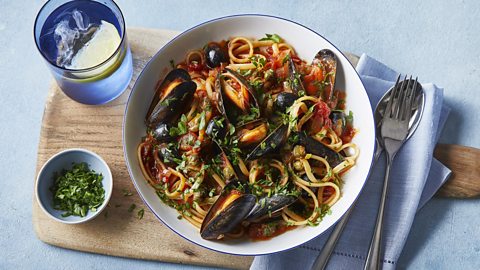
Originally published June 2022.
